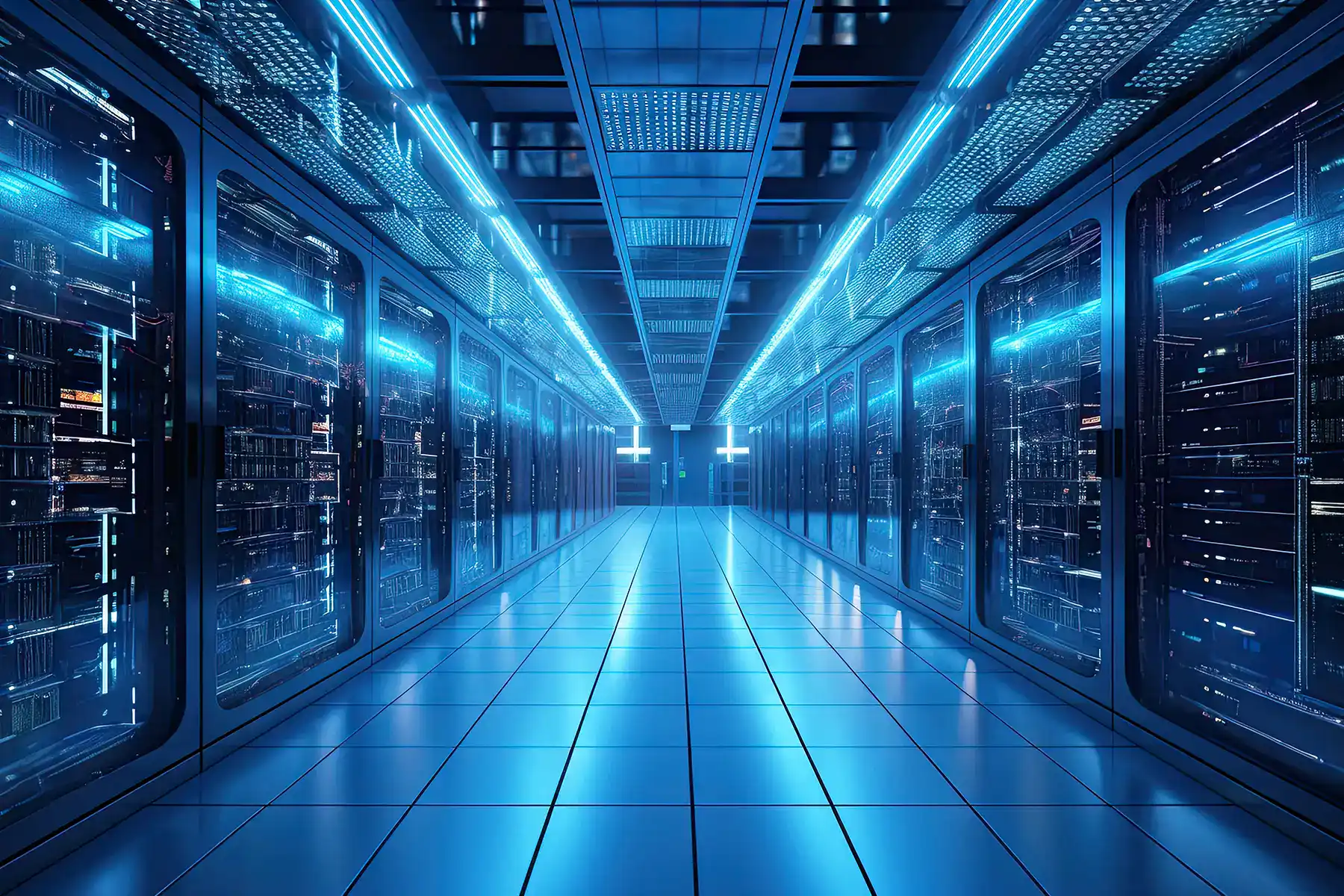One of the biggest priorities for the U.S in the next four years is the growth of AI and the supporting data center sector. The announcement of the Stargate project – a $500 billion infrastructure effort helmed by OpenAI, Oracle, MGX and SoftBank – has become the latest signal of the explosive growth of the data center market in the U.S. Driven by the rise of AI and cloud computing, data centers consumed roughly 4.4% of all US electricity in 2023, a percentage that is expected to rise to between 6.7 and 12% by 2028.
As load growth from data centers and edge computing continues to escalate, the conversation has turned to providing enough power without straining the vulnerable grid. Already, utilities are struggling to reconcile skyrocketing demand with purchased power, and the availability of electricity is expected to hamper the growth of data centers and stress backup power systems. To overcome this major pain point, the industry is turning to silicon batteries to unlock the true scope of the gargantuan AI market.
Hurdles to data center growth
Today, the industry needs to overcome two significant challenges impeding the growth of AI. Distributing the amount of power required for AI is pushing the limits of data center GPUs, which then activates the battery backup unit during peak demand. This process happens continuously, going back and forth and back and forth as GPUs try to maintain a steady balance to power data center activities.
Traditional battery backup units (BBU) were designed for use with high power-draining devices like power tools and struggle with maintaining performance for applications with high switching frequency. Imagine flipping your light switch on and off—and on and off again continuously for hour after hour, which can burn out even a new incandescent bulb. This simple analogy mirrors the switching frequency that measures how often the DC voltage is switched on and off during the power supply process.
As AI capabilities draw large amounts of power in erratic spurts, turning “on” immediately draws significant power from the BBU, which kicks in to stabilize the flow of electricity to the GPUs. Originally intended to serve as “backup” power, BBU are now being tapped to serve as a supplemental power source to mitigate frequencies from 10 kilohertz to 100 kilohertz or even all the way up to 1 megahertz. Already struggling to handle the increase in switching frequency–especially in light of the big pushes coming from AI demand–the lithium-ion batteries powering today’s BBU are at their absolute limit.
This challenge is also found in Uninterruptible Power Supply (UPS) units, which provide backup power to electrical systems during outages. Though reliant on lead-acid batteries, UPS systems also struggle with adapting to higher switching frequencies.
Now, as data centers and edge computing demands grow, the pressure on BBU and UPS is rising higher and higher, creating major challenges in asset health and maintenance. Owner-operators are now facing rising costs of ownership as they begin to encounter earlier-than-expected wear and tear due to increased switching frequency and constant overheating.
Battery power as the ingredient to data center growth
Traditional lead-acid and lithium-ion solutions found in today’s UPS and BBU are extremely sensitive to high temperatures, and significant heat is generated when the batteries are continually pushed for rapid cycles of discharging and recharging. The peaks and valleys wear on the batteries, creating harsh conditions at odds with the function of thermal control systems. As issues with thermal control arise, thermal runaway can be triggered, signaling the start of combustion within a battery cell. Even within a $5,000 lithium-ion battery pack in a BBU, thermal runaway caused by overheating could cause major losses to a billion-dollar data center.
Safety concerns notwithstanding, the unpredictable electricity demand from data centers during high switching frequency often shortens battery life and compromises the performance of the cell in the data center rack.
Moving to silicon batteries for backup power
Unparalleled demand for computing power has quickly positioned AI and data centers as the most energy-intensive sectors in the near term. To offset the crushing load growth from AI and data centers, the industry is fervently exploring new possibilities with silicon batteries. The lithium-ion batteries used in today’s backup power systems are unable to support the increased load growth, leading to a new market demand for silicon battery-powered BBU.
As global manufacturing of silicon battery technology continues to ramp up, OEMs are eager to upgrade from lithium-ion to the next generation of battery technology. A standout solution for energy-intensive applications, silicon batteries are emerging as the integral technology of choice to support data center growth. Delivering unmatched power performance to safely meet AI’s high requirements on data centers, silicon batteries are inherently better equipped to withstand the harsh environment AI has created for today’s data centers. With better density, long cycle life, and ultra-fast charge and discharge rates, silicon batteries are increasing safety where it is needed most while lowering the total cost of ownership.
Able to serve as the backbone for the energy systems that power our everyday lives, silicon batteries are essential to the growth of the global data center market. By integrating silicon battery-powered BBU, owner-operators of data centers can now stabilize and balance loads while maximizing the lifespan of these critical battery assets. As the growth of AI and data centers opens new opportunities within existing and emerging markets, the silicon battery market will undoubtedly rise to meet demand from all corners of the globe.
